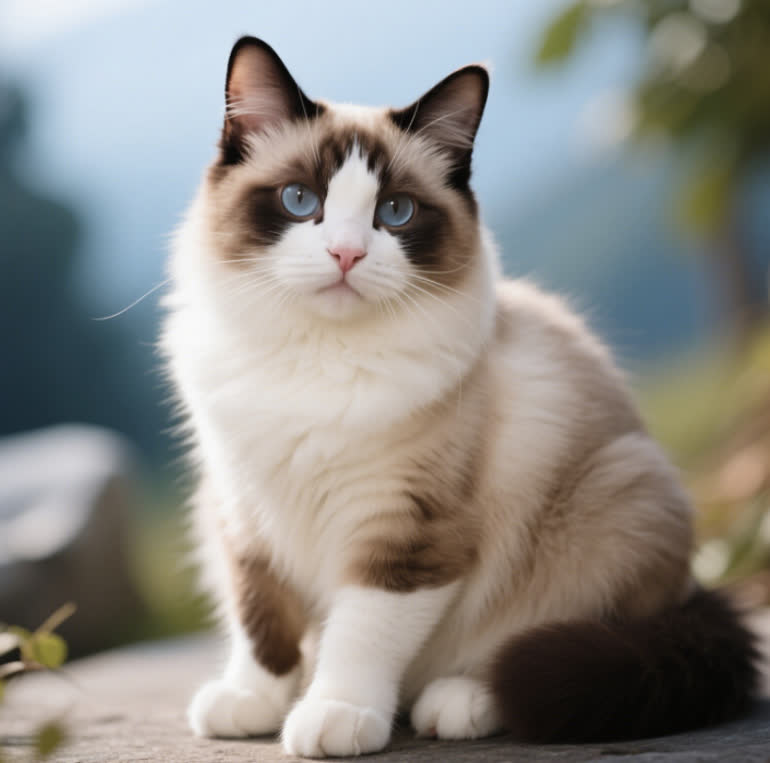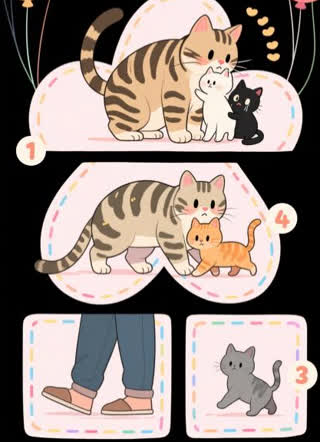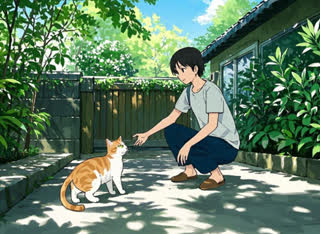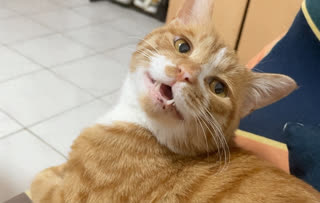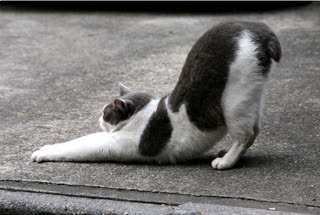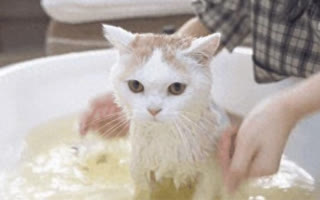Are you considering adding a Snowshoe cat to your family? These striking felines, known for their unique white paws and affectionate personalities, make wonderful companions—but like any breed, they come with their own set of advantages and challenges. In this guide, we’ll explore the
pros and cons of owning a Snowshoe cat breed to help you decide if this intelligent, sociable, and visually captivating feline is the right fit for your lifestyle.
The Snowshoe cat originated in the 1960s when a Siamese breeder in Philadelphia noticed kittens with white paws and facial markings. These traits were crossed with American Shorthairs to create a breed that combines the Siamese’s elegance with the Shorthair’s robust build . Snowshoes are medium-sized cats with short, silky coats, vivid blue eyes, and a distinct “V” shaped marking on their faces. They’re often described as “dog-like” due to their loyalty and desire to be near their humans .
Snowshoe cats thrive on human interaction. They form strong bonds with their families and enjoy being part of daily activities. Unlike some independent breeds, Snowshoes will follow you around the house, seek cuddles, and even greet you at the door . Their playful and curious personalities make them excellent companions for families with children or other pets, as they adapt well to multi-pet households .
These cats are highly intelligent and eager to learn. They can be taught tricks like fetching or walking on a leash using positive reinforcement . Their problem-solving skills mean they’ll keep you entertained with their antics, but they also require mental stimulation to prevent boredom. Interactive toys, puzzle feeders, and climbing structures are essential to keep them engaged .
Snowshoes have short, single-layered coats that shed minimally. Weekly brushing is sufficient to keep their fur healthy and reduce hairballs . Unlike long-haired breeds, they don’t require frequent grooming sessions, making them a low-maintenance choice for busy owners .
Snowshoe cats are generally robust, with a lifespan of 14–19 years . They’re less prone to breed-specific health issues compared to some purebred cats. However, like all felines, they should receive regular veterinary check-ups to monitor for conditions like dental disease or obesity .
Their striking white paws, color-point markings (seal, blue, chocolate, or lilac), and piercing blue eyes make Snowshoes stand out. Each cat has a distinct pattern, adding to their charm and appeal .
Inheriting the Siamese’s talkative nature, Snowshoes are vocal cats. They’ll “chat” with you using meows, trills, and chirps to express their needs or seek attention. While endearing to some, this can be overwhelming for owners who prefer a quieter home . Additionally, they don’t tolerate solitude well and may develop separation anxiety if left alone for long periods .
Although generally healthy, Snowshoes may be prone to feline lower urinary tract disease (FLUTD), diabetes, and dental problems . Obesity is another concern, as they have a tendency to overeat. A balanced diet and regular exercise are crucial to prevent these issues .
Snowshoes are active cats that require daily playtime and mental stimulation. Without adequate outlets for their energy, they may resort to destructive behaviors like scratching furniture or knocking over objects . Investing in toys and creating an enriching environment is essential to keep them happy.
Due to their rarity, Snowshoe kittens can be challenging to find. Reputable breeders often have waiting lists, and prices range from $600 to $1,200 . Adoption from shelters is possible but less common, as purebred Snowshoes are not widely available .
While adaptable, Snowshoes may struggle with sudden changes in their environment. Moving homes, introducing new pets, or altering their routine can cause stress. Gradual transitions and plenty of reassurance are key to helping them adjust .
Families with children: Their gentle and playful nature makes them great with kids.
Active households: They thrive in environments with daily interaction and exercise.
First-time cat owners: Their sociable and trainable traits simplify the transition into cat parenthood.
People seeking a quiet pet: Their vocal tendencies may disrupt peaceful households.
Those with limited time: They require consistent attention and mental stimulation.
Budget-conscious owners: The initial cost and potential vet bills can add up.
To ensure your Snowshoe thrives, provide:
Interactive play: Use toys like feather wands or laser pointers to engage their hunting instincts.
Mental enrichment: Puzzle feeders and climbing trees keep their minds sharp.
Healthy diet: High-quality, protein-rich food to maintain a healthy weight.
Regular vet visits: Monitor for dental issues and chronic conditions.
Owning a Snowshoe cat breed offers a rewarding experience for those who appreciate their affectionate nature, intelligence, and striking appearance. While they require dedication in terms of time, attention, and financial commitment, their loyalty and playful spirit make them exceptional companions. By weighing the pros and cons of owning a Snowshoe cat breed, you can make an informed decision that aligns with your lifestyle and preferences.
If you’re ready to welcome a Snowshoe into your home, remember to research reputable breeders or explore adoption options. With proper care and love, your Snowshoe will become a cherished member of your family for years to come.
